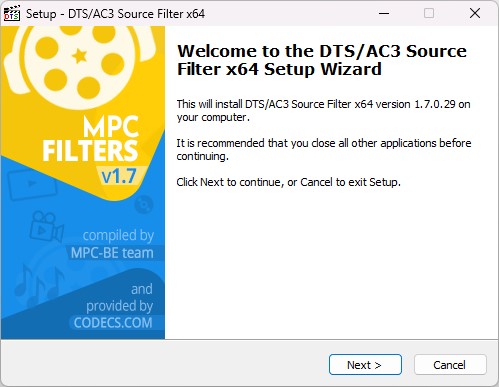

Slightly pricier compared to competitors.Below is a list of its features and drawbacks to help you decide if DTS Headphone: X is indeed worth the purchase. Now that we’ve discussed what DTS Headphone: X is and how it works, we can now dive deeper into its advantages and disadvantages. DTS Headphone: X Features and Drawbacks Gamer wearing headphones (From: Unsplash) This way, DTS Headphone: X is able to mimic immersive sounds produced by multi-speaker setups. With this, the audio’s loudness is adjusted accordingly and sound reflection is taken into account. This means that this audio codec optimizes and adds depth to the audio by encoding audio metadata that ‘tells’ the amplifier where a specific sound is coming from. Unlike older audio formats which are audio-based, the DTS Headphone: X standard is object-based. This involves ‘ backwards processing’, a process that enables your ears to perceive sound in a way that the human ear perceives them as ‘ spatial’. Girl wearing Turtle Beach Stealth 700 while playing (From: Amazon) How Does DTS Headphone: X WorkĪs discussed, DTS Headphone: X uses a certain algorithm to transform stereo sound into a lifelike and realistic 3D audio output. An example of this is the Turtle Beach Stealth 700 with DTS Headphone: X 7.1 surround sound headphones. It’s a hardware processor, usually in the form of a USB dongle or transmitter.ħ.1 is specifically tuned for the particular set of headphones that it comes with. The DTS Headphone: X 7.1, on the other hand, refers to the hardware that transforms stereo sounds into immersive surround sound output. Plus, it improved proximity cues, and lossless Hi-Res audio support compared to the first version. It includes new features such as enhanced bass rendering and audio clarity. The v2.0 is the newer and more advanced version of DTS Headphone: X.

#Dts decoder windows 1 software#
Here’s a quick run-through of the two:ĭTS Headphone: X v2.0 is a spatial sound software that can work on any set of headphones. Well, basically, the main difference between the two is that the former is hardware-based and the latter is software-based. If you’re new to DTS, you may get confused about how DTS Headphone: X 7.1 differs from DTS Headphone: X v2.0. It works on any set of headphones and is able to virtually render sounds above, around, and close to the headphone user. This software leverages Microsoft Spatial sound to produce accurate sound localization. And as part of its efforts to ‘make the world sound better’, it rolled out its DTS Headphone: X feature last 2015.ĭTS Headphone: X is an audio solution that replicates the spatial sound experience you get when listening to sounds produced by multi-speaker sound systems.

Since 1993, it has been pioneering and developing audio solutions to up the quality and immersiveness of audio. What Is DTS Headphone: X DTS Headphone: X logoĭTS is one of the biggest names when it comes to spatial and surround sound technology. This means it projects sound to not just be beside and around you, but also above and below you. Through Spatial Sound, your audio is perceived to flow in a three-dimensional virtual space. But it actually goes beyond what the typical 5.1 and 7.1 surround sound can offer. Spatial sound is often confused as being just the same as surround sound. With virtual surround sound technology, however, sounds are artificially replicated using only two speakers. This refers to 5.1 surround sound systems (5 speakers and one subwoofer) and 7.1 surround systems (7 speakers and one subwoofer). Typically, true surround sound systems produce immersive audio by using multi-channel systems. Its algorithm is designed to trick your ears into thinking that there are more speakers than there actually are. Virtual surround sound, on the other hand, is an audio system that creates the perception of sound coming from different directions (beside and around you). Difference of Stereo, Surround Sound, and Spatial Sound (From: Windows)Īs you may know, stereo sound refers to when the sound is simply coming from your left or right side.


 0 kommentar(er)
0 kommentar(er)
